Japanese Tartar Sauce with Hard-boiled Eggs!
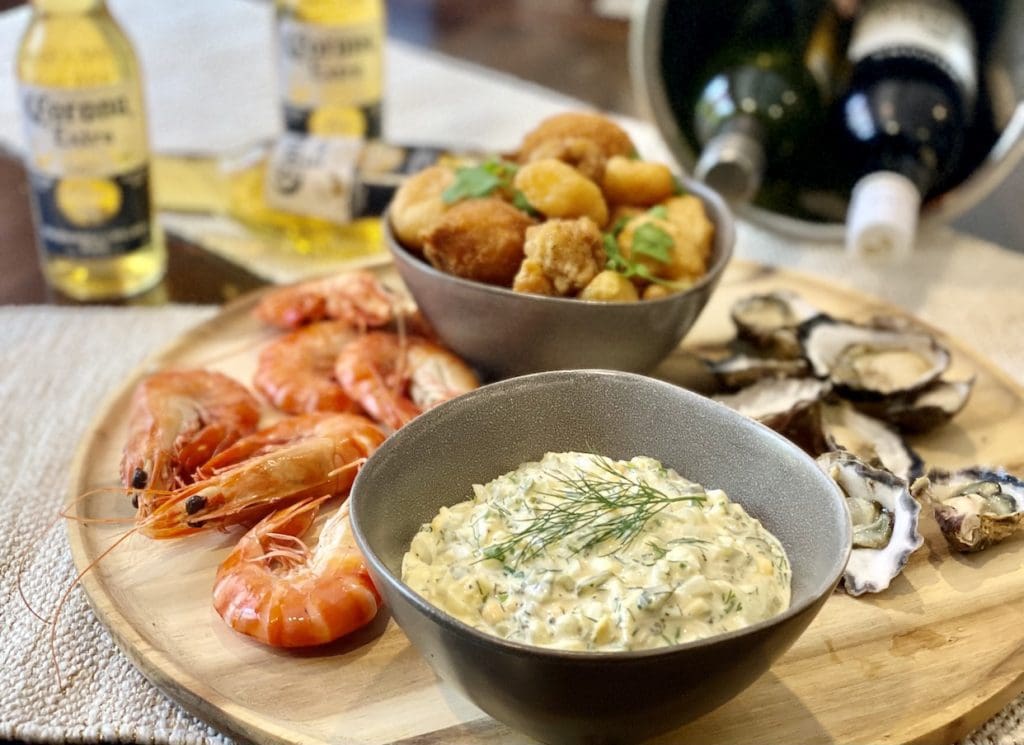
If you’re a fan of tartar sauce, then you’re going to fall madly in love with this rich and chunky Japanese Tartar Sauce
Updated 18 November 2024
Chunky can be good!
“Chunky” rarely has positive connotations, but that’s about to change because this chunky Japanese-style Tartar Sauce is outstandingly good! So what makes this tartar sauce so chunky and ? Pickles, onions, parsley, dill and hard-boiled eggs. Yes, that’s right, hard-boiled eggs! What a genius idea, right?
I’m going to tell you that if you love classic tartar (tartare) sauce, then you’re going to fall head over heels in love with this version. Being a fish and seafood fanatic, I’ve tasted many versions of tartar sauce and have to say, Japanese tartar is my favourite!
While typically enjoyed with fish or seafood, this Japanese tartar sauce is equally delicious with chicken, fries, and vegetables. You could also serve it as a dip with potato wedges, wings, or calamari rings, whilst watching football.
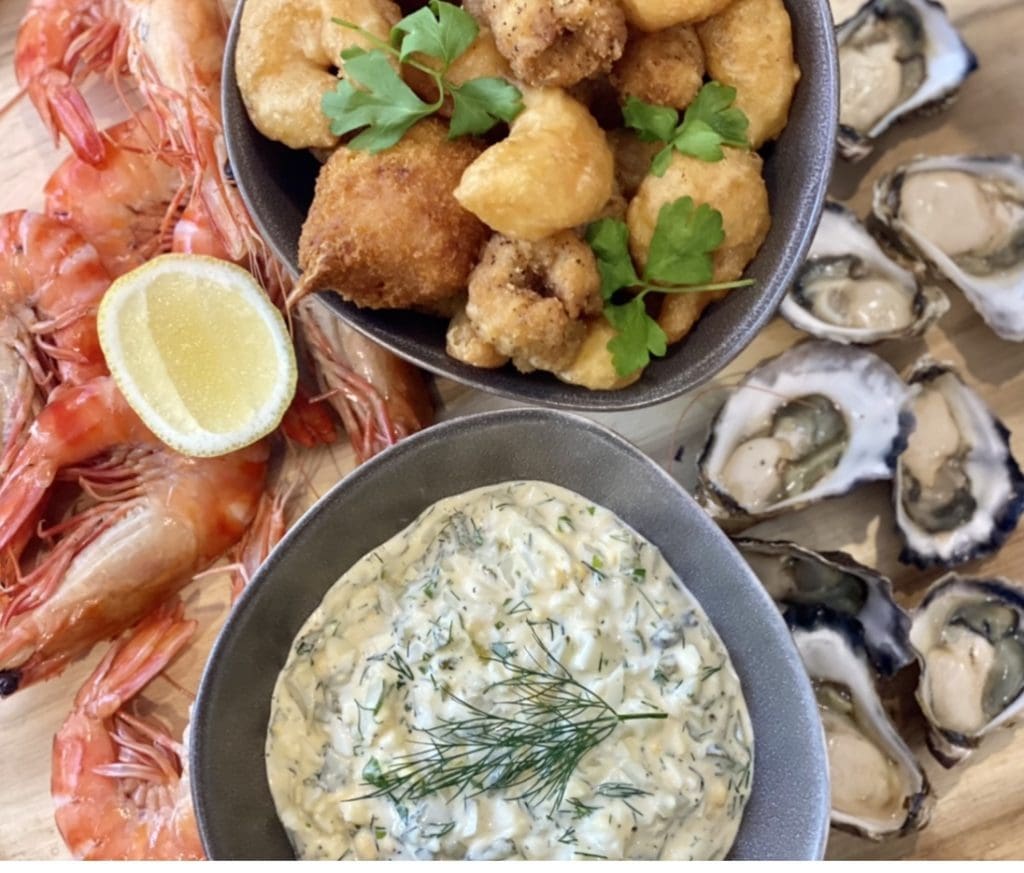
On the topic of football, my younger sister Nara grew up and watched tons of games. This was not our choice because we had 3 older brothers that lived and breathed NRL (National Rugby League). We would watch grown men tackle each other and fight for a ball instead of watching princess cartoons like other little girls.
I still remember my eldest brother watching OZ Aerobics early in the morning before we went to school. Let’s just say that he didn’t watch those ladies to follow their routine or get fit ?
Subscribe to 3CatsFoodie’s FREE Newsletter

For the latest recipes and other fun stuff!
Japanese-style Tartar Sauce
I tried Japanese Tartar Sauce for the first time thanks to Emiko, my beautiful Japanese friend. We all made dishes to share for a picnic near the beach. Emiko prepared fried panko oysters and prawns and served them her special tartar sauce. The sight of the golden plump seafood made my heart skip a beat, and I might have snorted like a pig, but I hope not because I try to be lady-like in public ?
Whilst the fried seafood was delicious, what captured my attention was Emiko’s tartar sauce. It was rich with delightful textures. The herbs provided freshness, the lemon juice and horseradish cream balanced the richness perfectly. I was totally hooked, and if nobody was around, I would have eaten spoonfuls of the tartar sauce on its own. Lovely Emiko was so happy to pass on her recipe to me and said she couldn’t wait to see it on this blog.
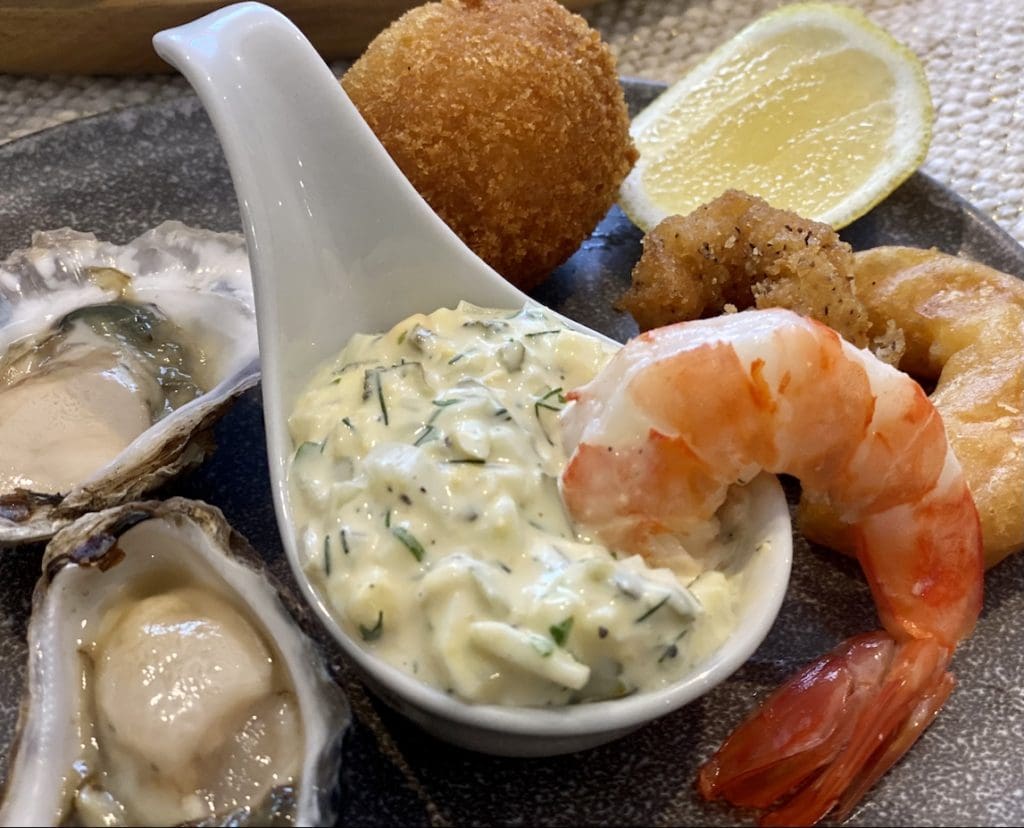
Is Japanese mayo the same as regular mayo?
Unlike regular mayonnaise, which uses whole eggs, Japanese mayonnaise ‘Kewpie’ only uses egg yolks, giving it a richer, fattier texture.
You could swap Kewpie by using good quality whole egg mayo. Whenever I make this tartar sauce, I use whatever I have in the fridge. However, this being a Japanese recipe, you probably want to use Kewpie, which is widely available.
What to serve with Japanese Tartar sauce?
Use Japanese Tartar Sauce the same way you would with regular tartar sauce. It pairs wells well with fresh, fried or barbequed/grilled seafood. It’s also great served alongside dishes like fried or grilled fish, chicken or pork katsu. You could even use it as dipping sauce for tempura or grilled vegetables.
Guilty pleasures, why not try these yummy fried recipes?
Ingredients for Japanese Tartar Sauce
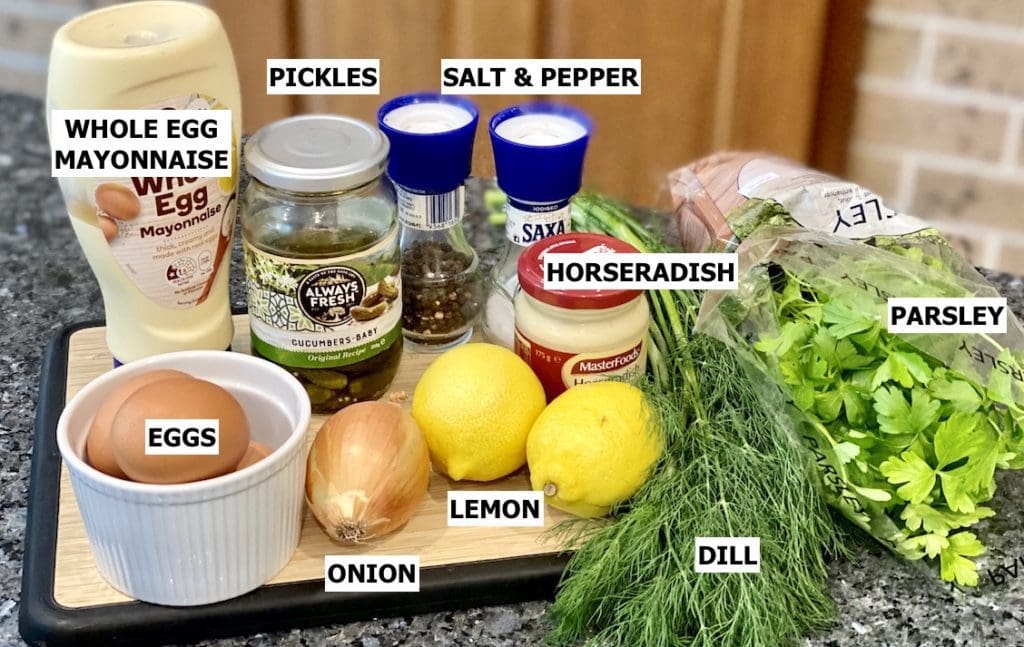
Japanese Mayonnaise – Japan’s famous mayonnaise brand is Kewpie. Unlike regular mayonnaise, which uses whole eggs, Kewpie uses only yolks, giving it a richer, fattier texture. You could swap for good quality whole egg mayonnaise. I make do with whatever’s available in my pantry or fridge.
Horseradish cream – Traditionally Japanese mustard is used in this tartar sauce, but I swapped for horseradish cream as it’s readily available. You could swap horseradish cream for equal amounts of wasabi paste.
Dill (optional) – Dill is not a typical ingredient in Japanese tartar sauce, but I added for extra freshness, and it goes so well with seafood!
Pickles – I love using pickled cornichons or baby cucumbers because they’re more crisp and mild in taste than regular pickles. However, you could just use regular pickles or gherkins.
How to make Japanese Tartar Sauce
Step by step guide with photos
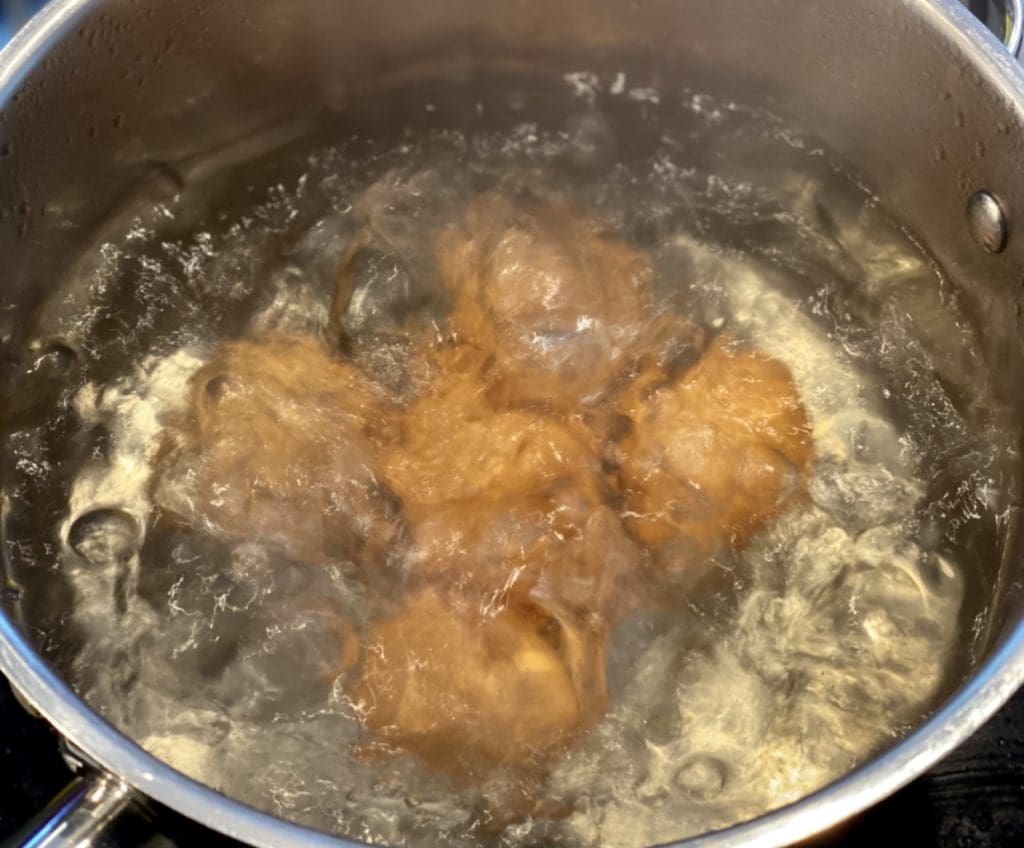
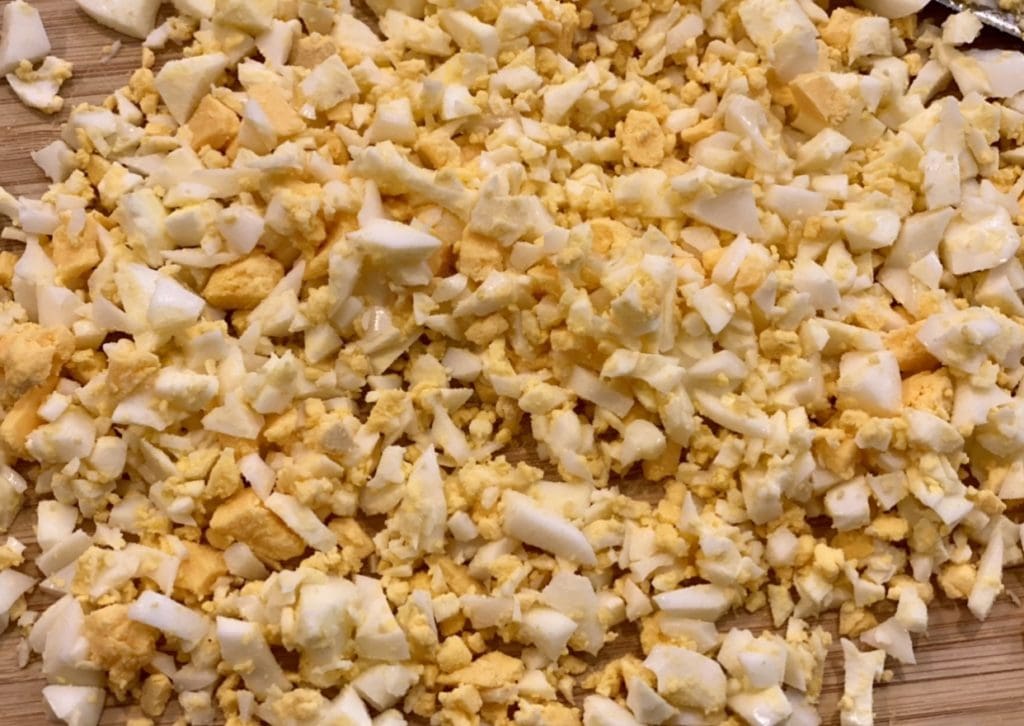
Place enough water in a saucepan to cover the eggs by at least 1in / 2.5cm. Bring the water to a boil over high heat, then reduce to low. Carefully lower the eggs into the water using a slotted spoon or spider strainer. Return to a boil over high heat, then lower it to medium-high to prevent the eggs from bouncing. Boil the eggs for 12 to 13 minutes.
Prepare a water bath with ice for the eggs in a large bowl. Ensure that there is enough water to cover the eggs completely. Once the eggs are done, quickly transfer them into the water bath and leave to cool for 10 minutes.
Peel and roughly chop the eggs, remembering that the finer the chop, the less chunky the sauce will be.
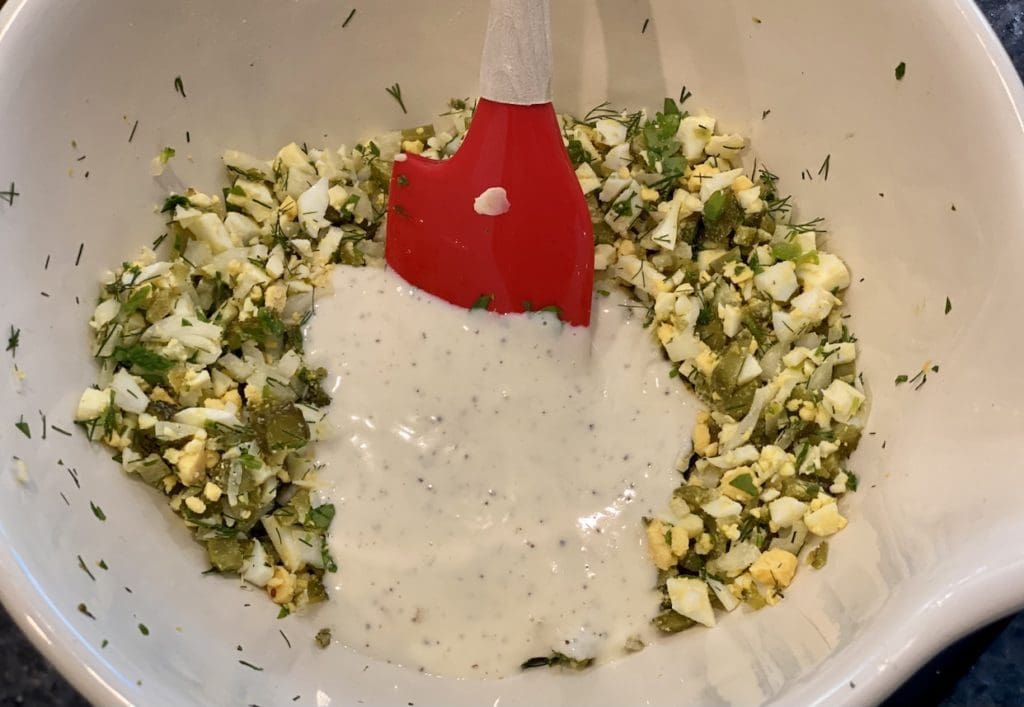
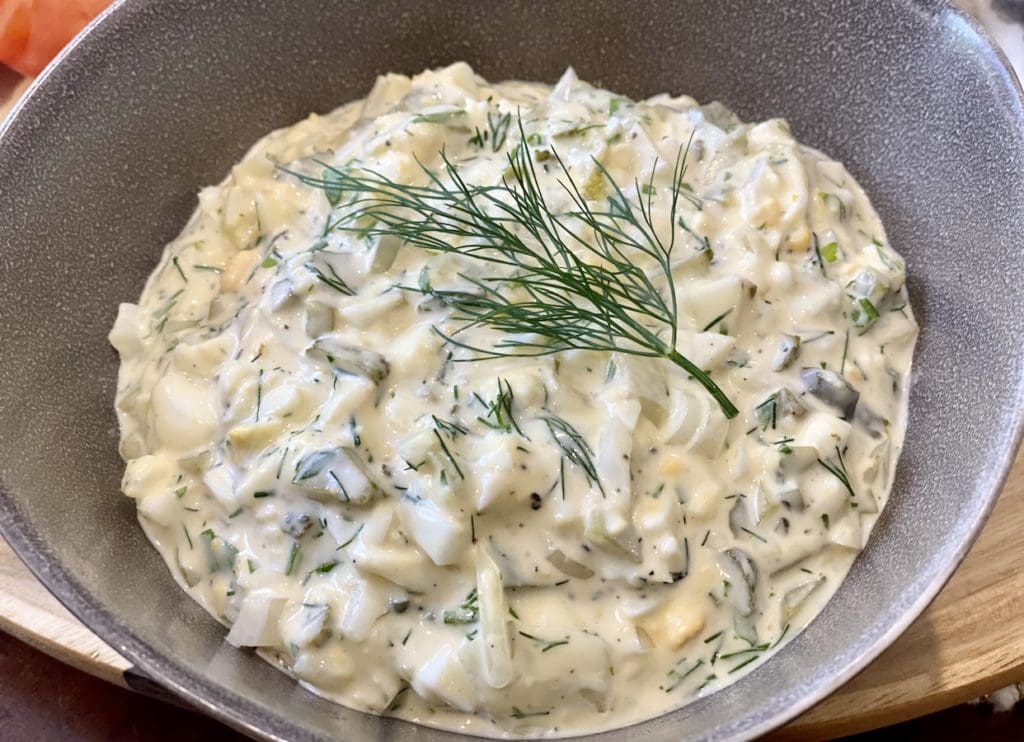
Place the chopped eggs into a large bowl, then add in the remaining ingredients. Combine the ingredients gently, then have a taste and add salt and pepper to your liking.
How to store Japanese Tartar Sauce
Store leftover Japanese Tartar sauce by placing it in an airtight container and refrigerate for up to 3-4 days.
I’ve used a third-party application to calculate the calories and nutritional information, so please use this as an approximate guide only.
Cooking measurements are in Australian standard spoon and cup measurements. For specific details and conversions, visit our Australian Cooking Measurements page.
I would love your feedback and support if you made this recipe. To do this, please rate this recipe and provide a comment by scrolling down this page or by clicking that green circle on the bottom left. An email address is required (for spam), but it won’t be published. I would also love to see your dish, so don’t forget to tag me on my Instagram account ‘3catsfoodie’
Cheers – Cat T
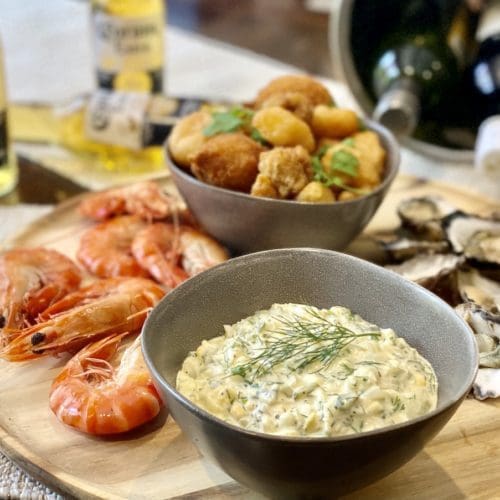
JAPANESE TARTAR SAUCE
Video
Ingredients
- 3 large eggs (approx.58g / 2oz each)
- water and ice cubes
- ½ cup (125ml / 4.5oz) Kewpie, Japanese Mayonnaise (or whole egg mayonnaise) (NOTE 1)
- 2 tsp horseradish cream (NOTE 2)
- 2 tsp lemon juice
- 50g / 1.8oz) baby cucumber pickles (finely chopped) (NOTE 3)
- 45g / 1.6oz brown onion (or 1/2 a small onion, finely chopped)
- 2 tsp fresh parsley (finely chopped)
- 2 tsp fresh dill (finely chopped) (NOTE 4)
- Salt and pepper (to taste)
Instructions
- Place enough water in a saucepan to cover the eggs by at least 1in / 2.5cm. Bring the water to a boil over high heat, then reduce to low. Carefully lower the eggs into the water using a slotted spoon or spider strainer. Return to a boil over high heat, then lower it to medium-high to prevent the eggs from bouncing. Boil the eggs for 12 to 13 minutes. Prepare a water bath with ice for the eggs in a large bowl. Ensure that there is enough water to cover the eggs completely. Once the eggs are done, quickly transfer them into the water bath and leave to cool for 10 minutes.Peel and roughly chop the eggs, remembering that the finer the chop, the less chunky the sauce will be.

- Place the chopped eggs into a large bowl, then add in the remaining ingredients. Combine the ingredients gently, then have a taste and add salt and pepper to your liking.


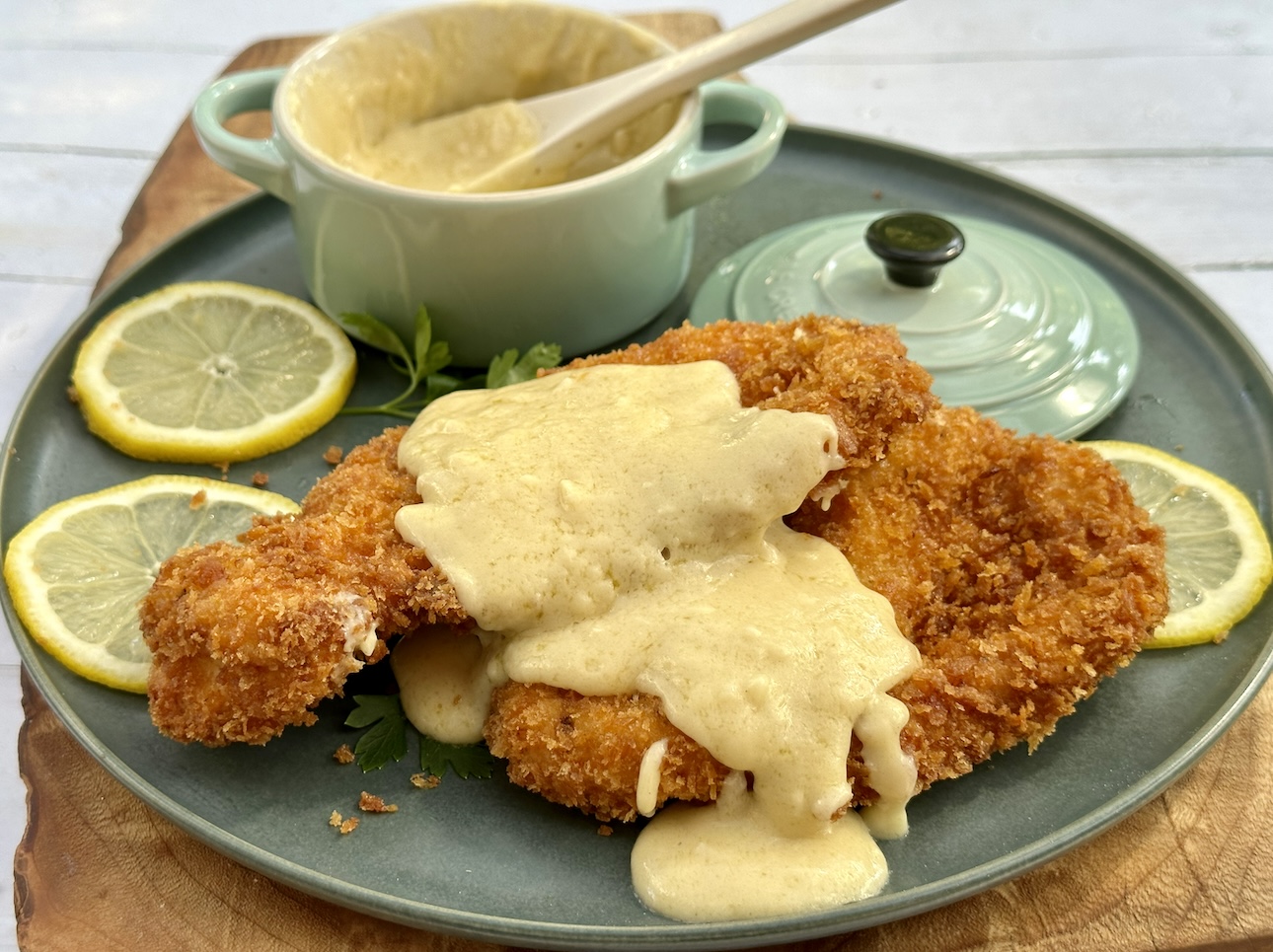
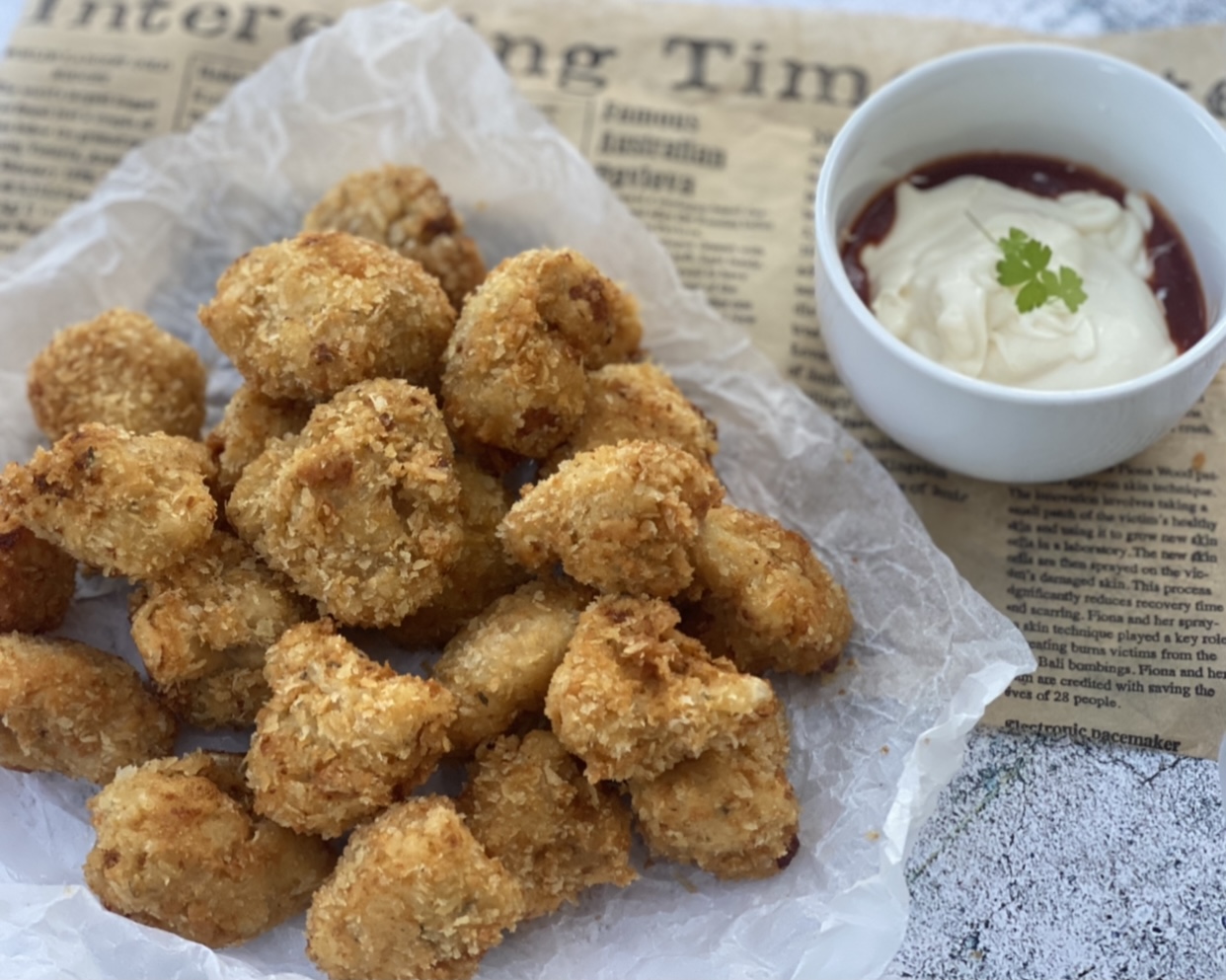
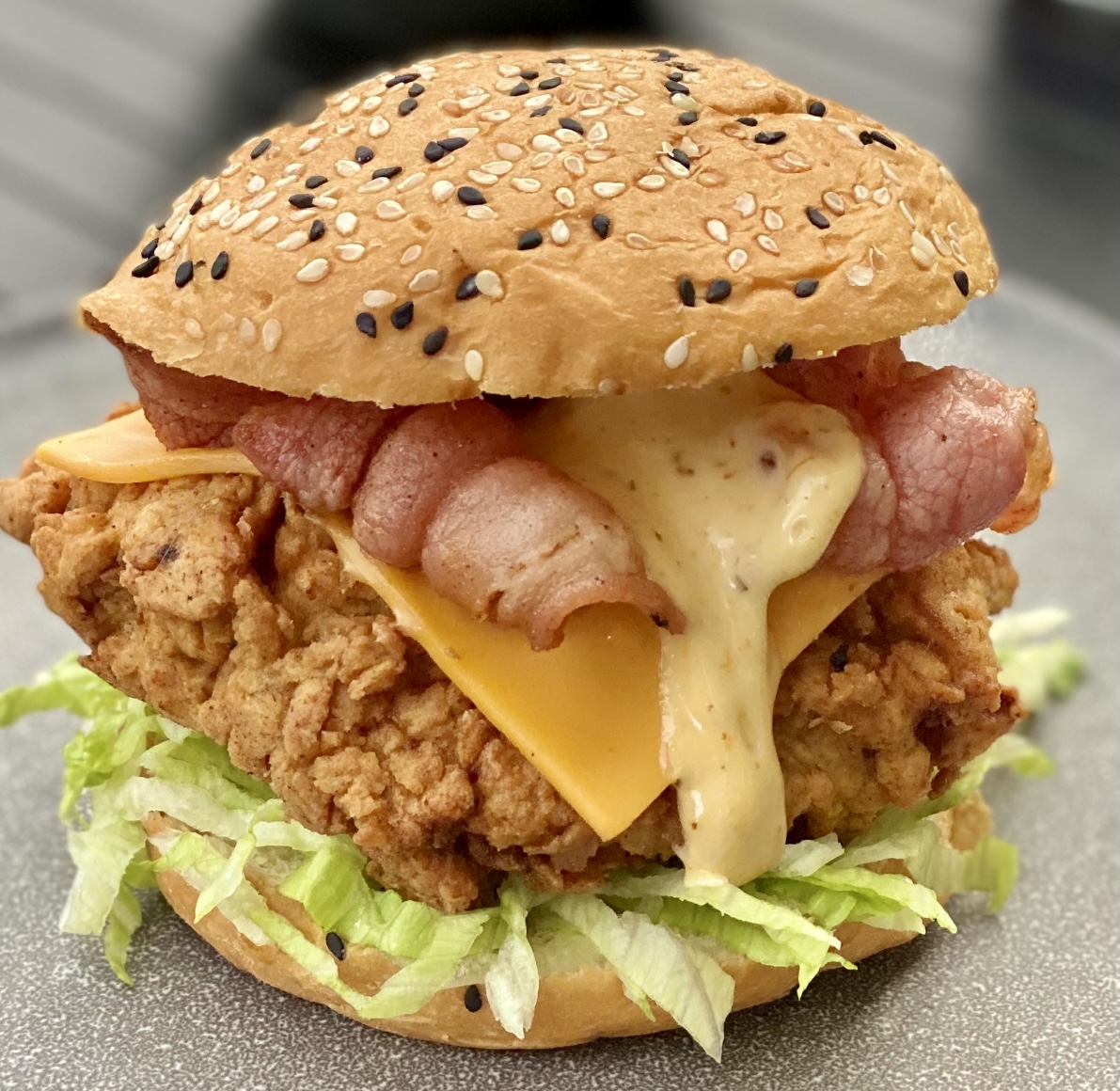
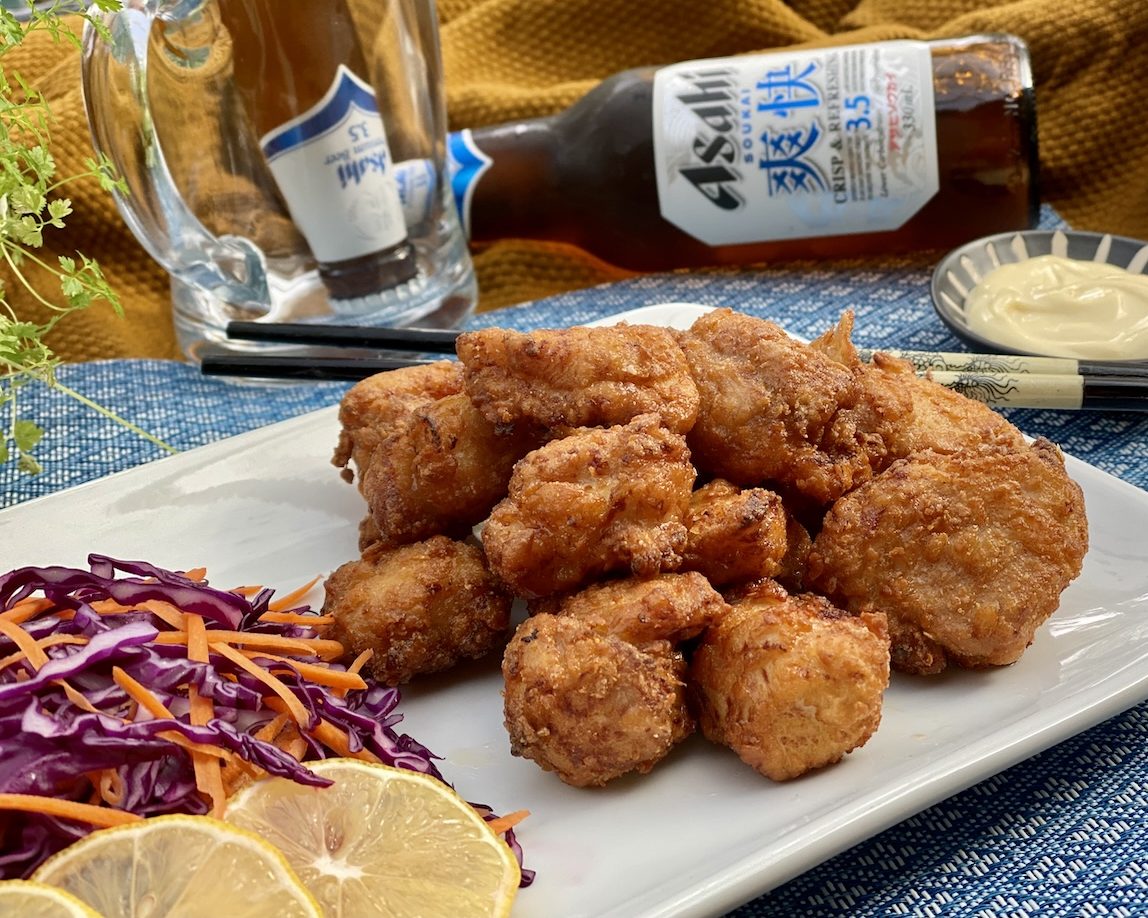

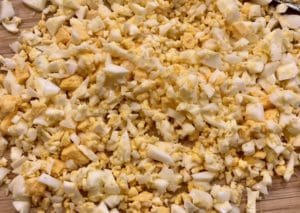
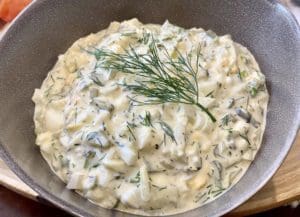
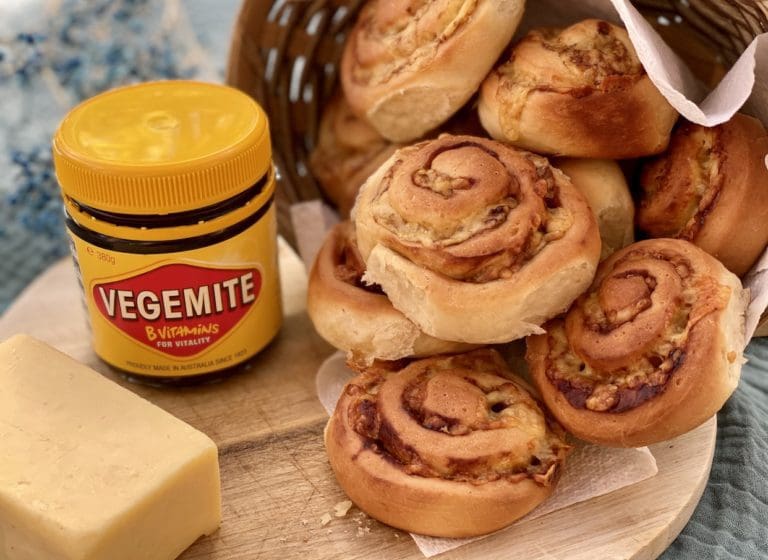
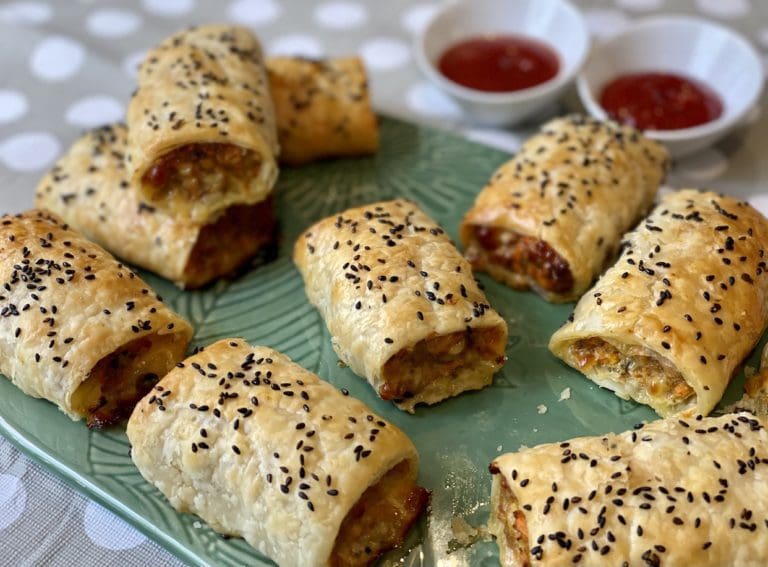

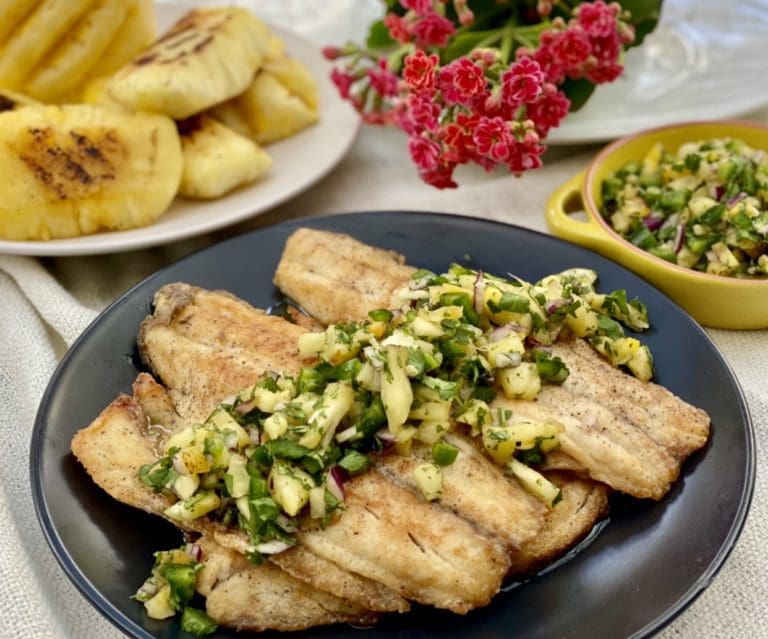
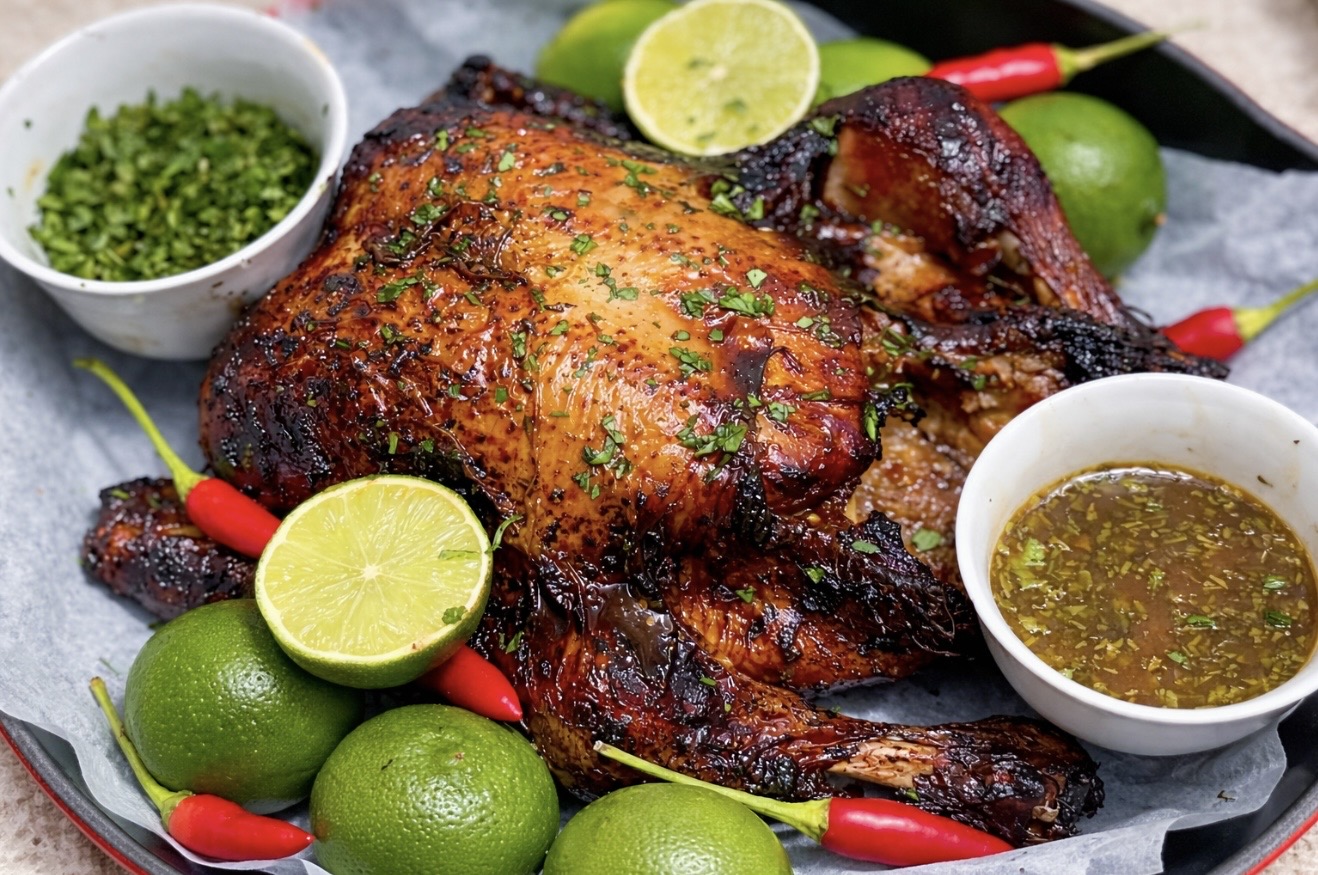
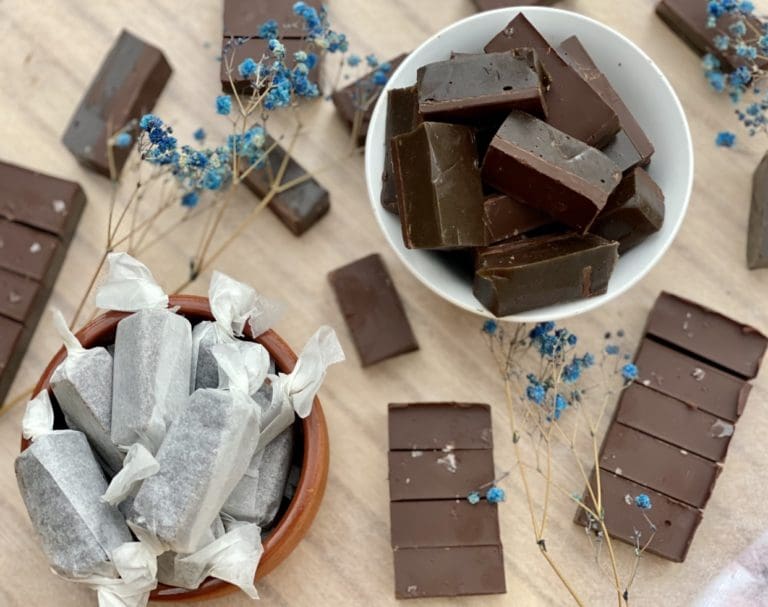
Thanks for sharing this amazing recipe.my family loved it.will be sharing this recipe with my friends.they will like it.
Hi Ashok,
You’re very welcome. Thanks for trying out this recipe and for coming back to leave a lovely comment. I’m so happy to hear your family loved it and I’m sure your friends will too!